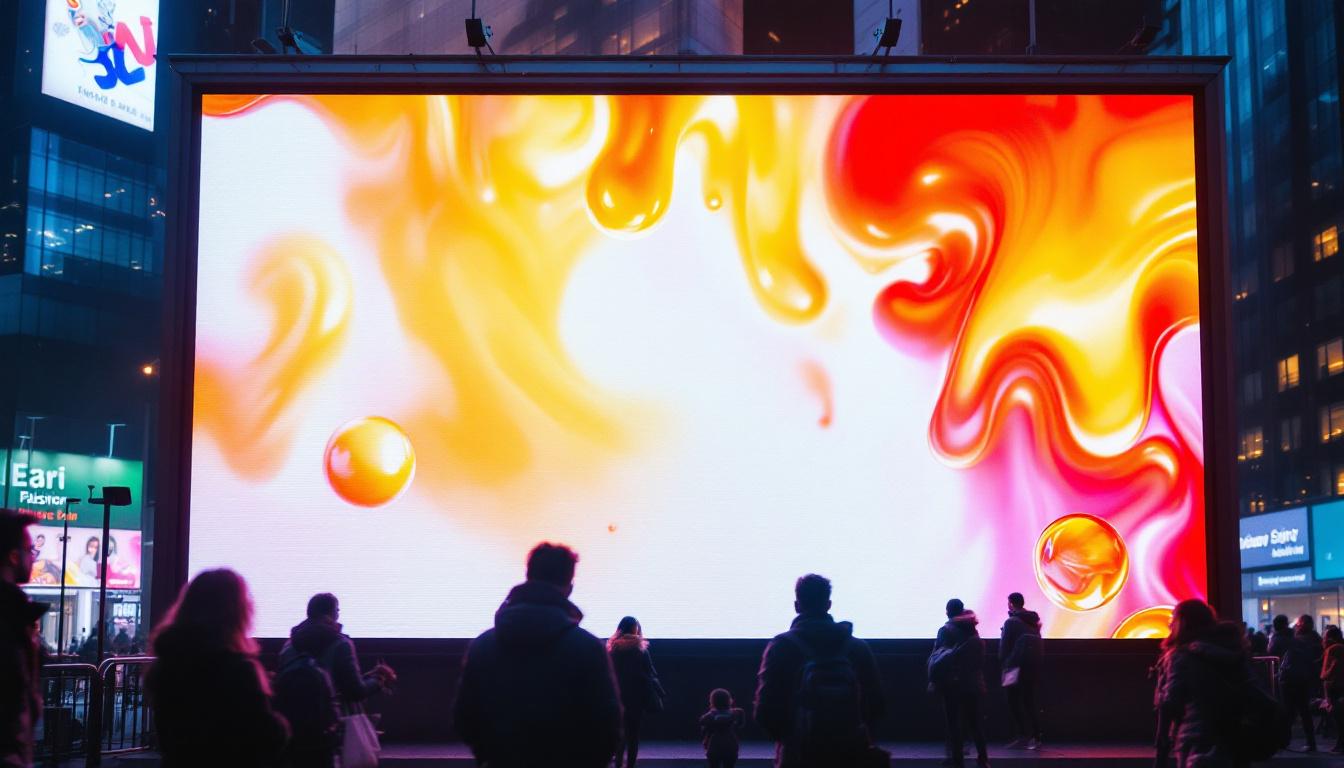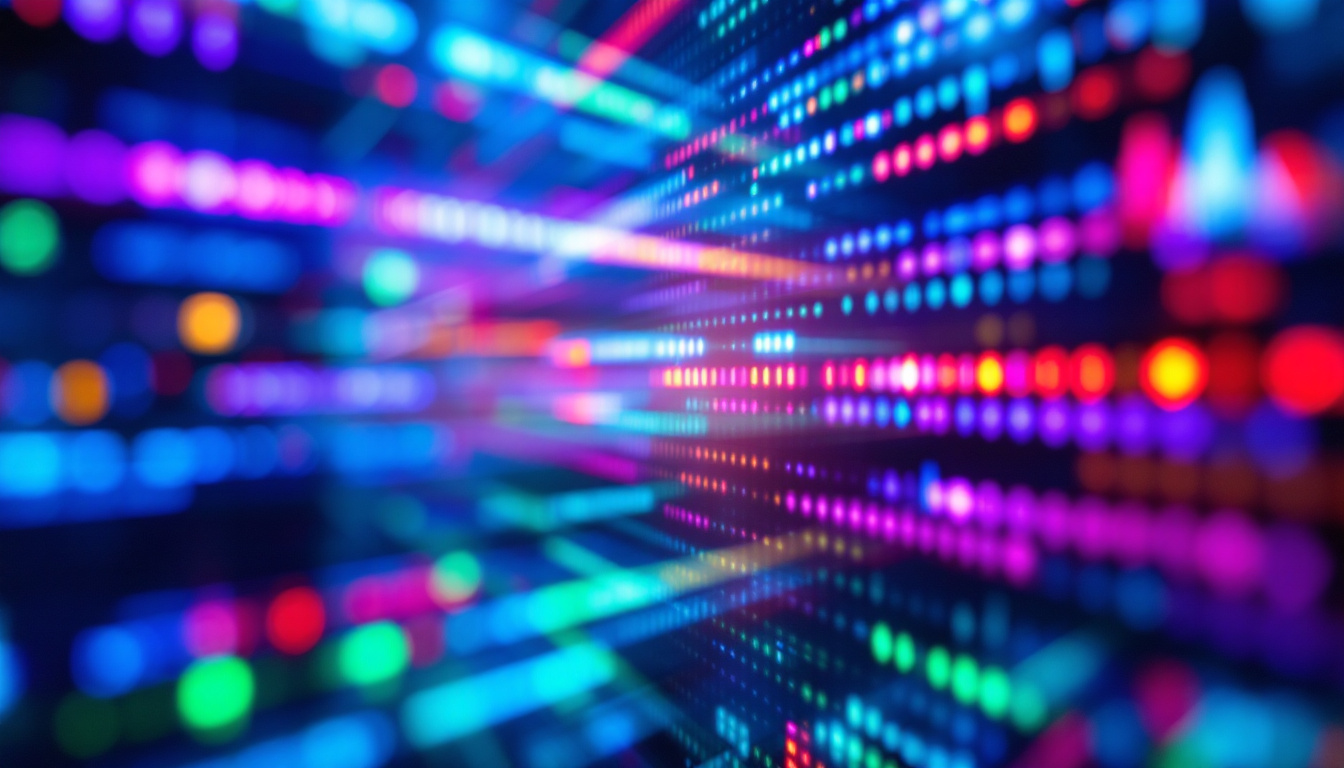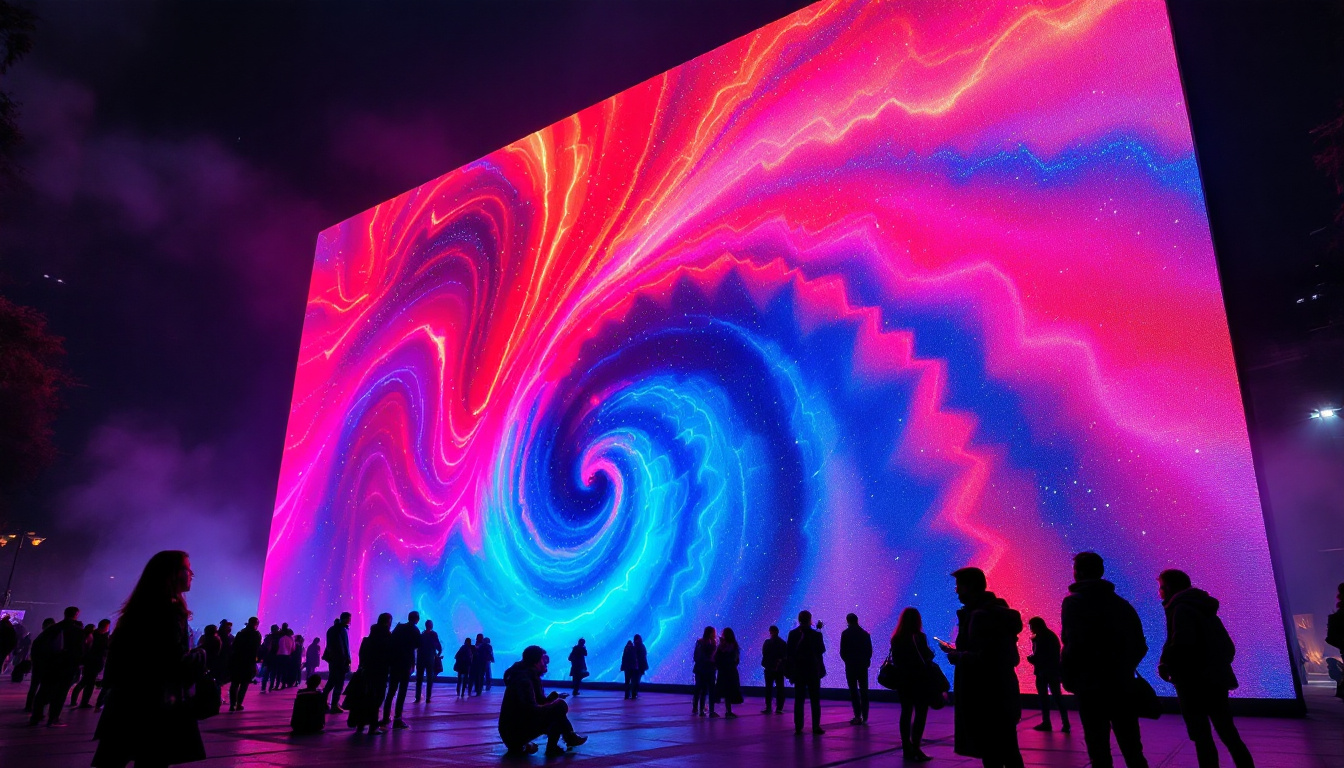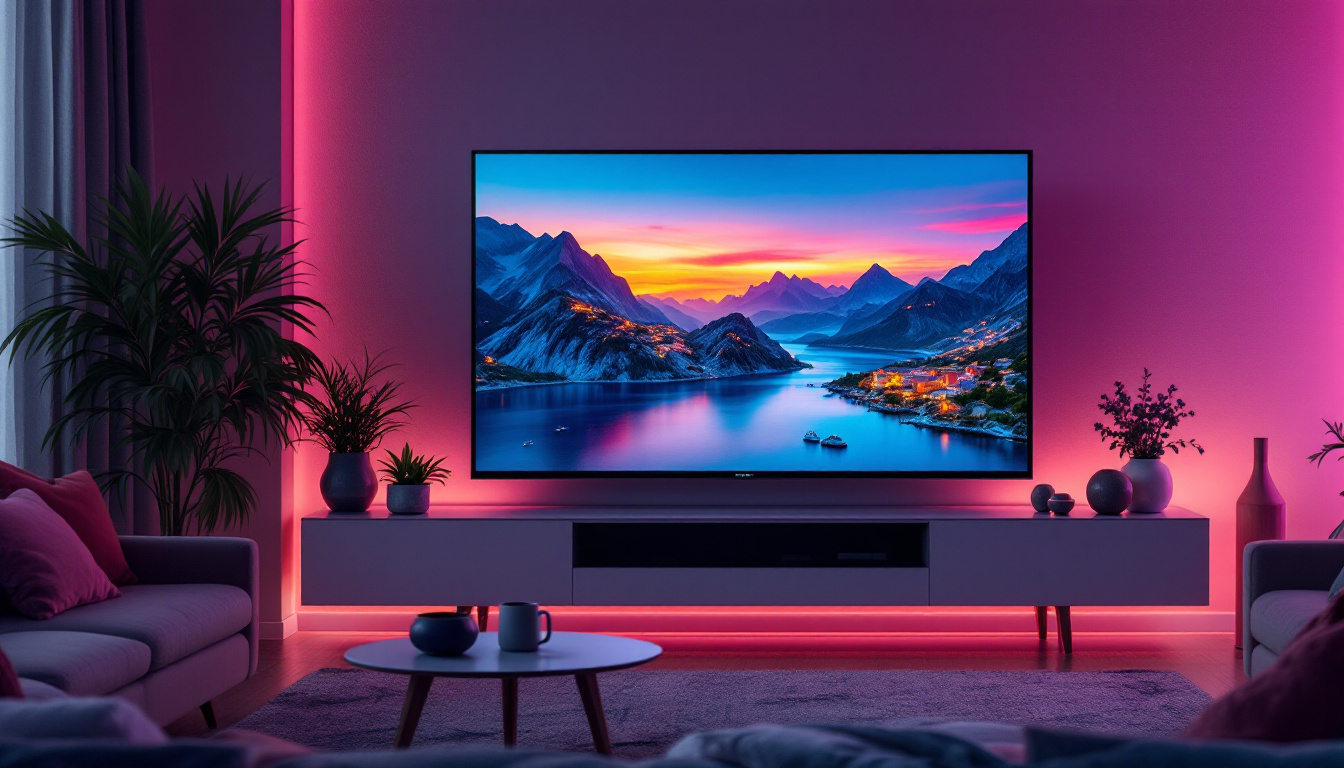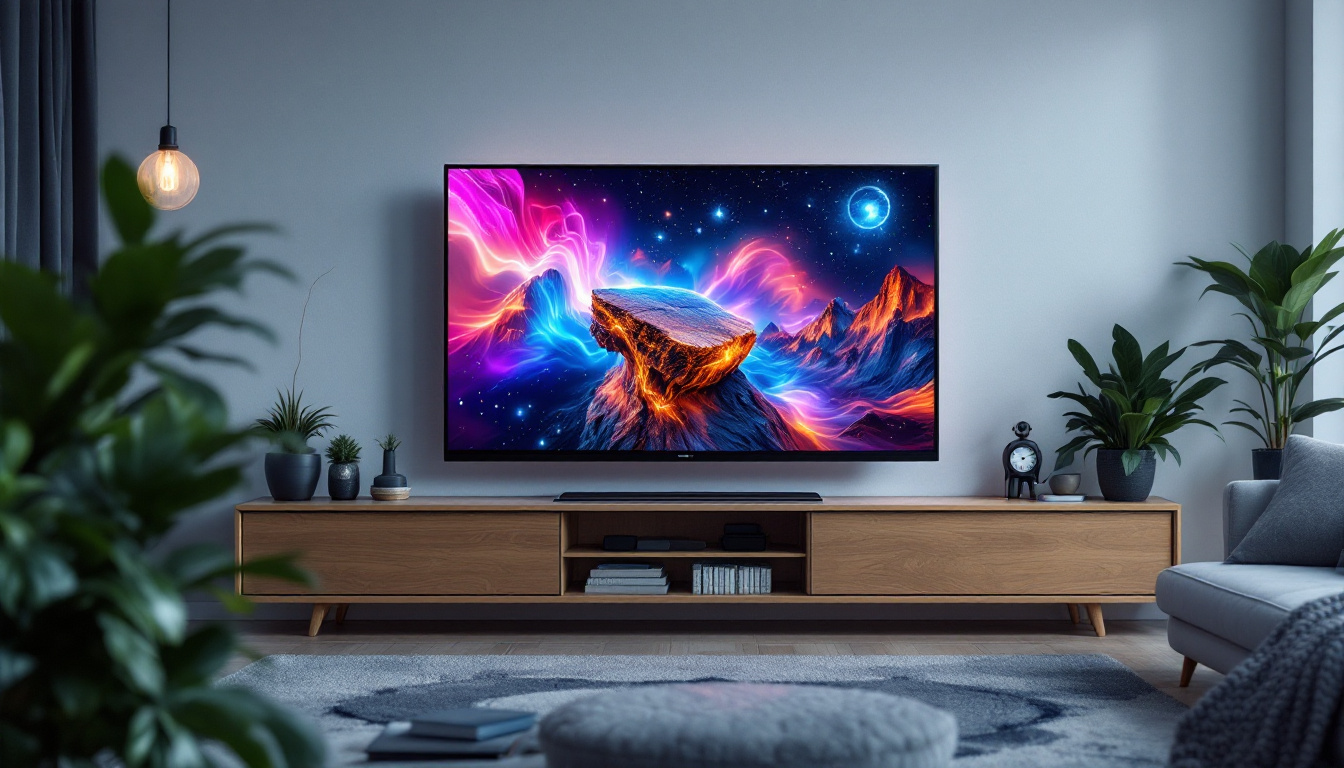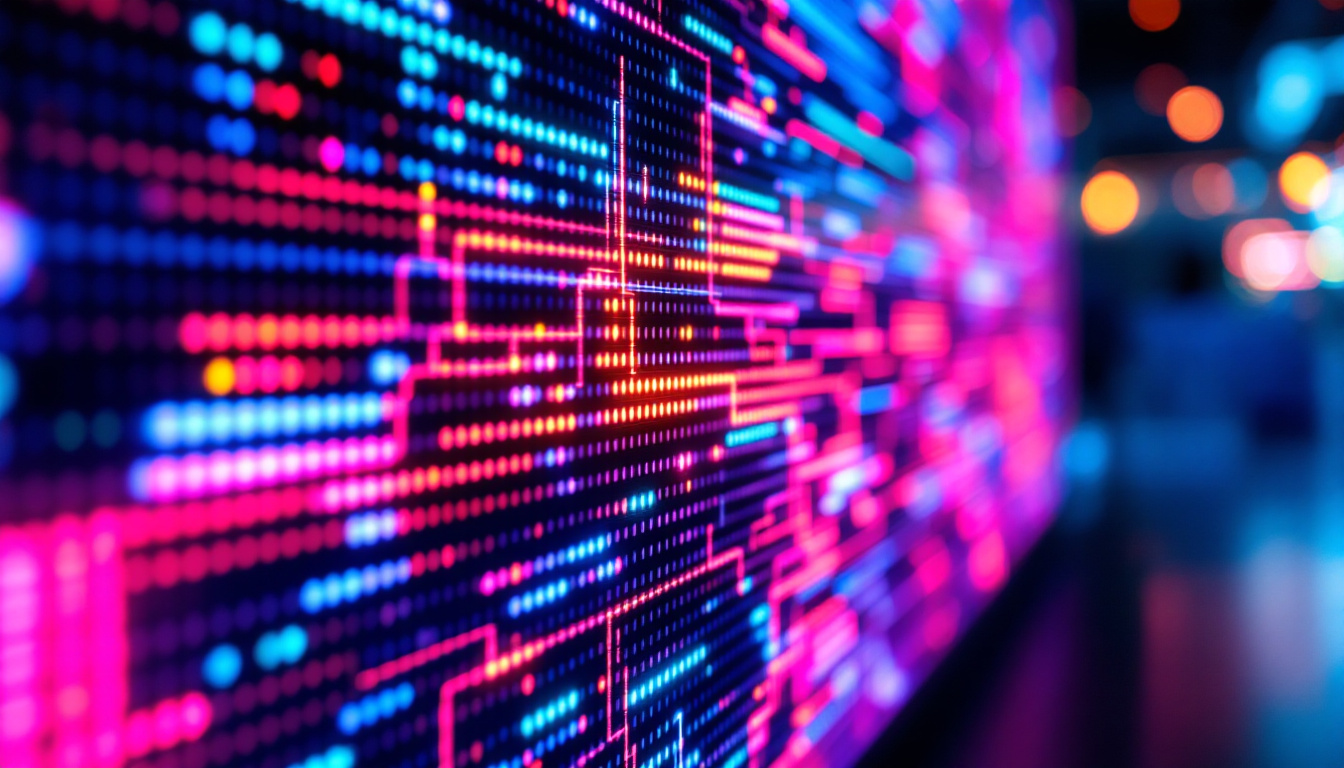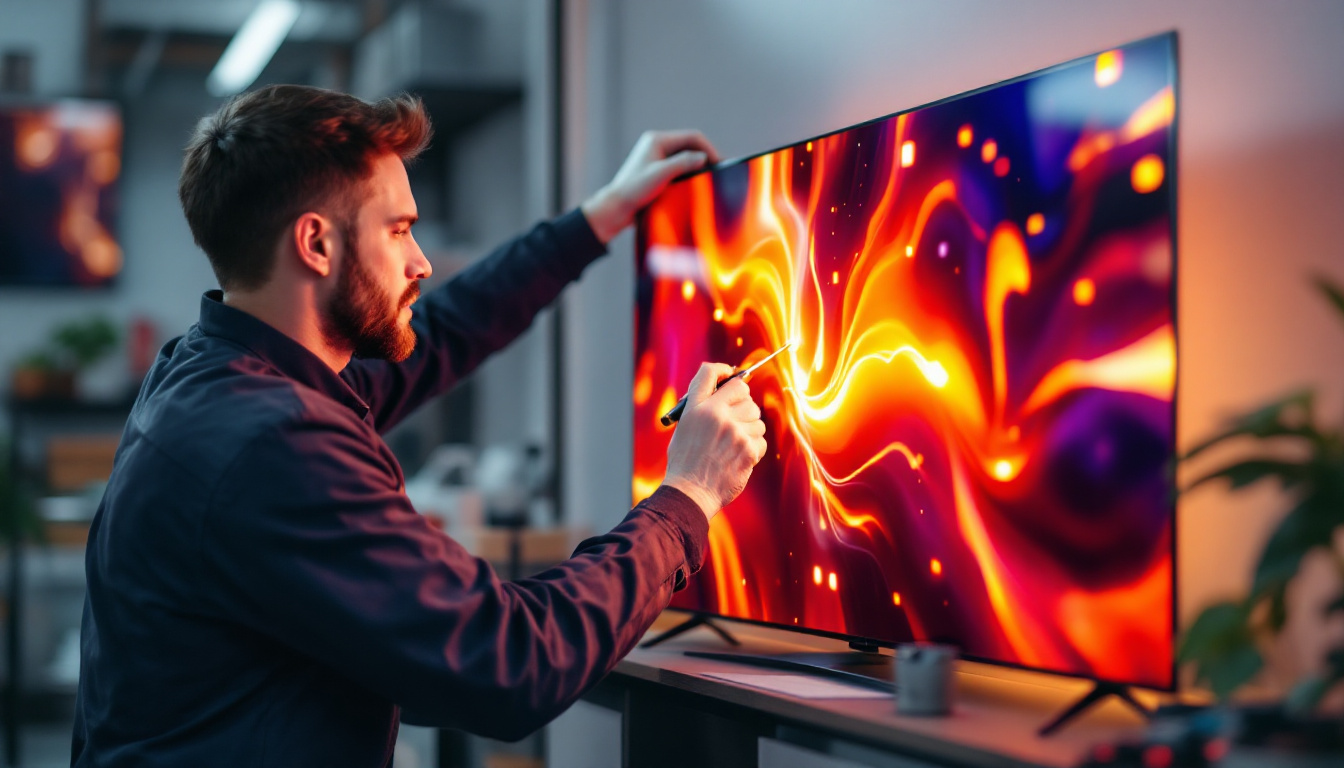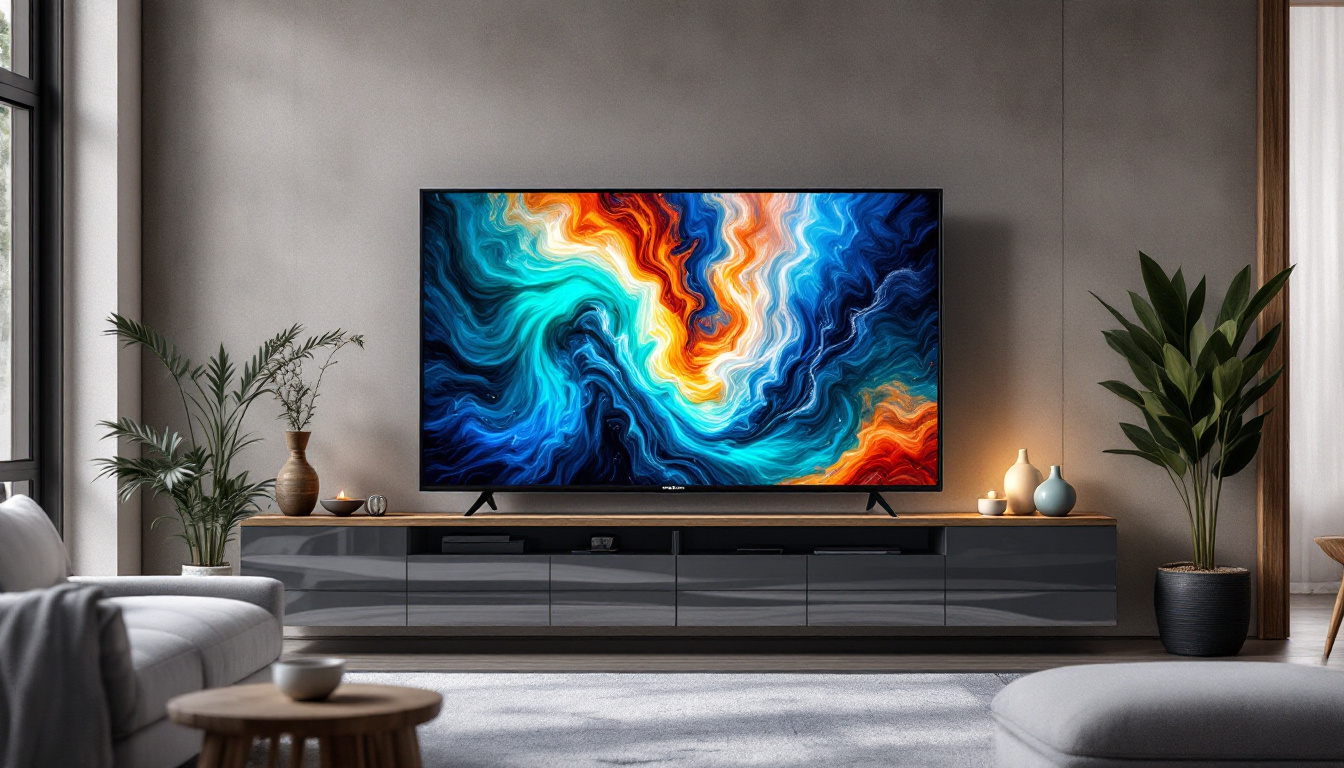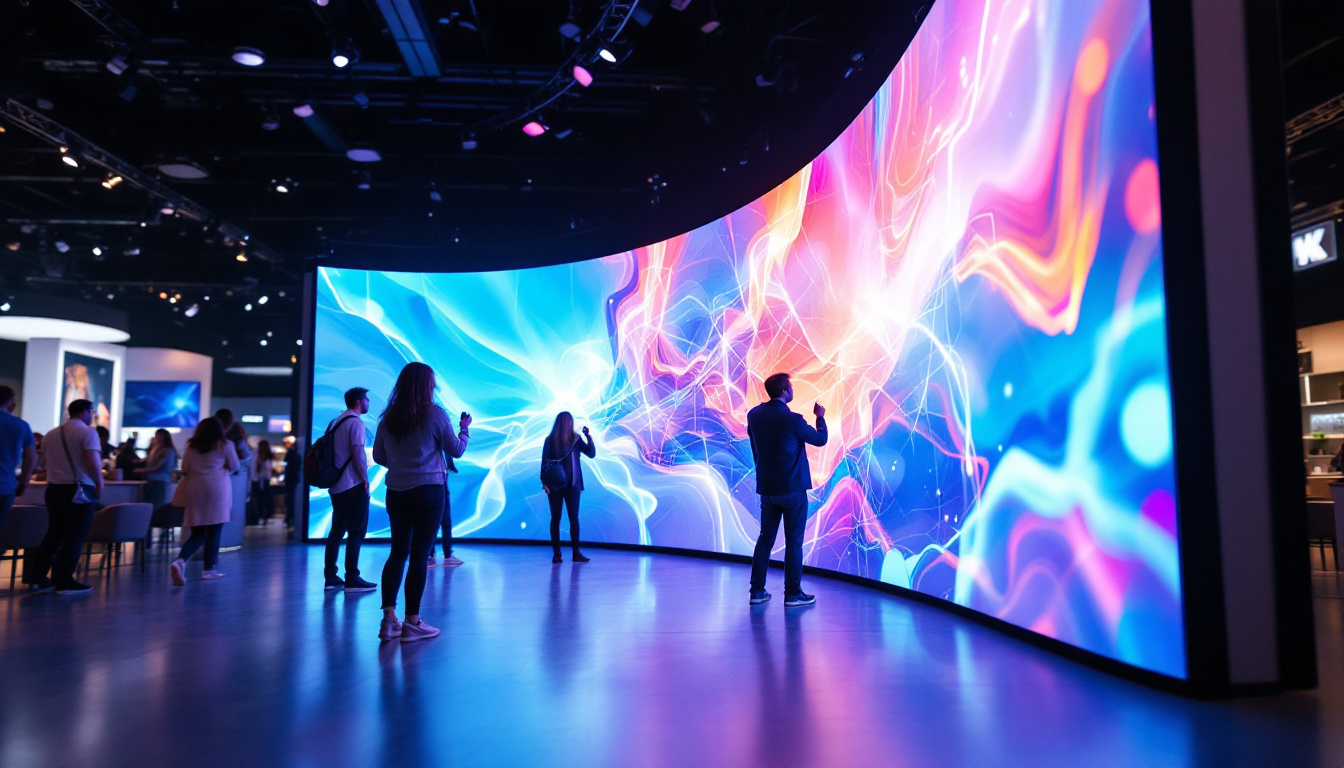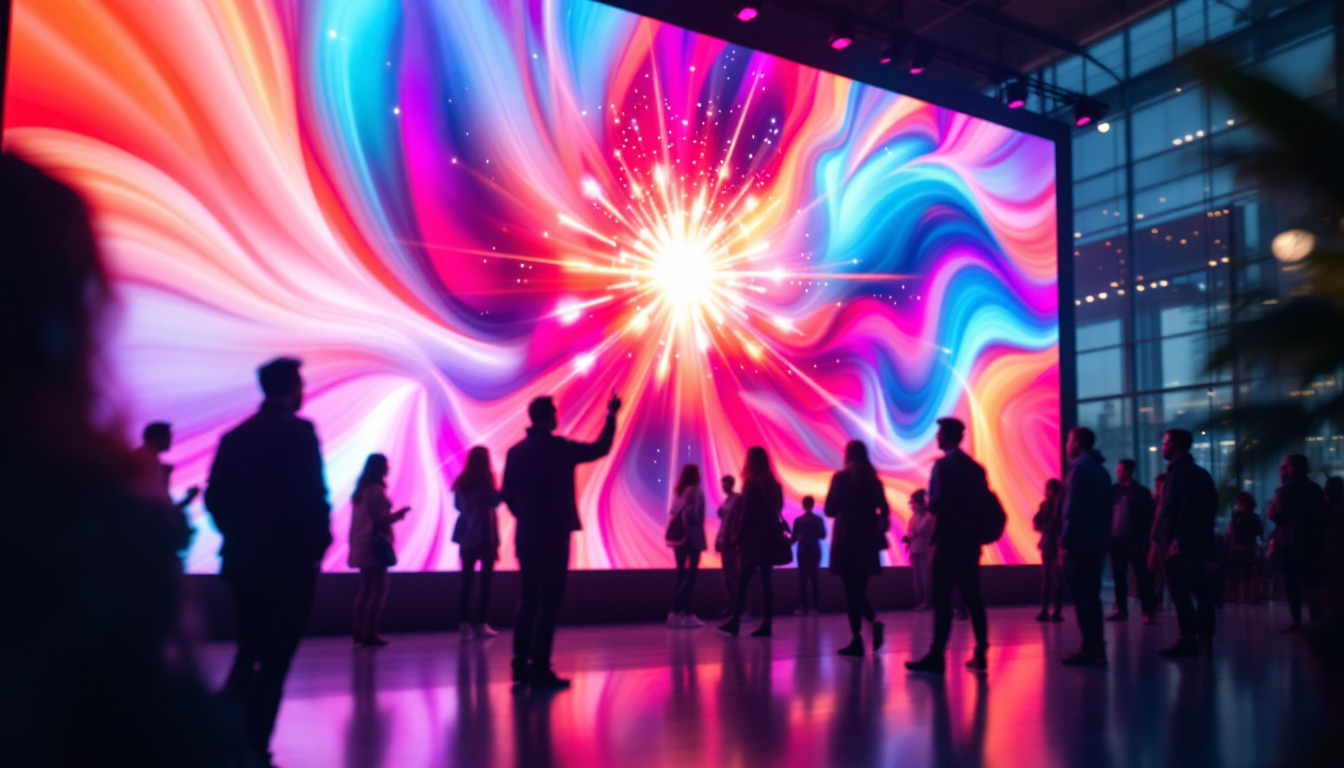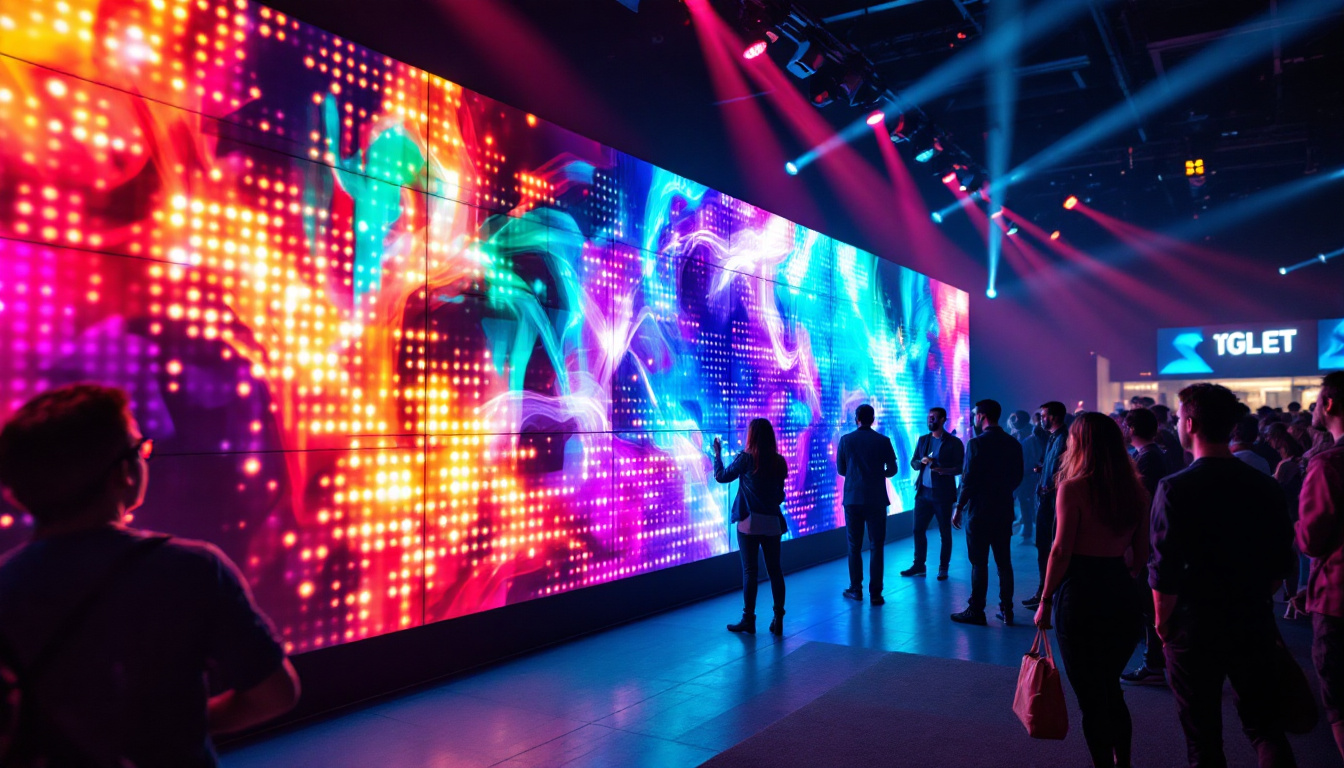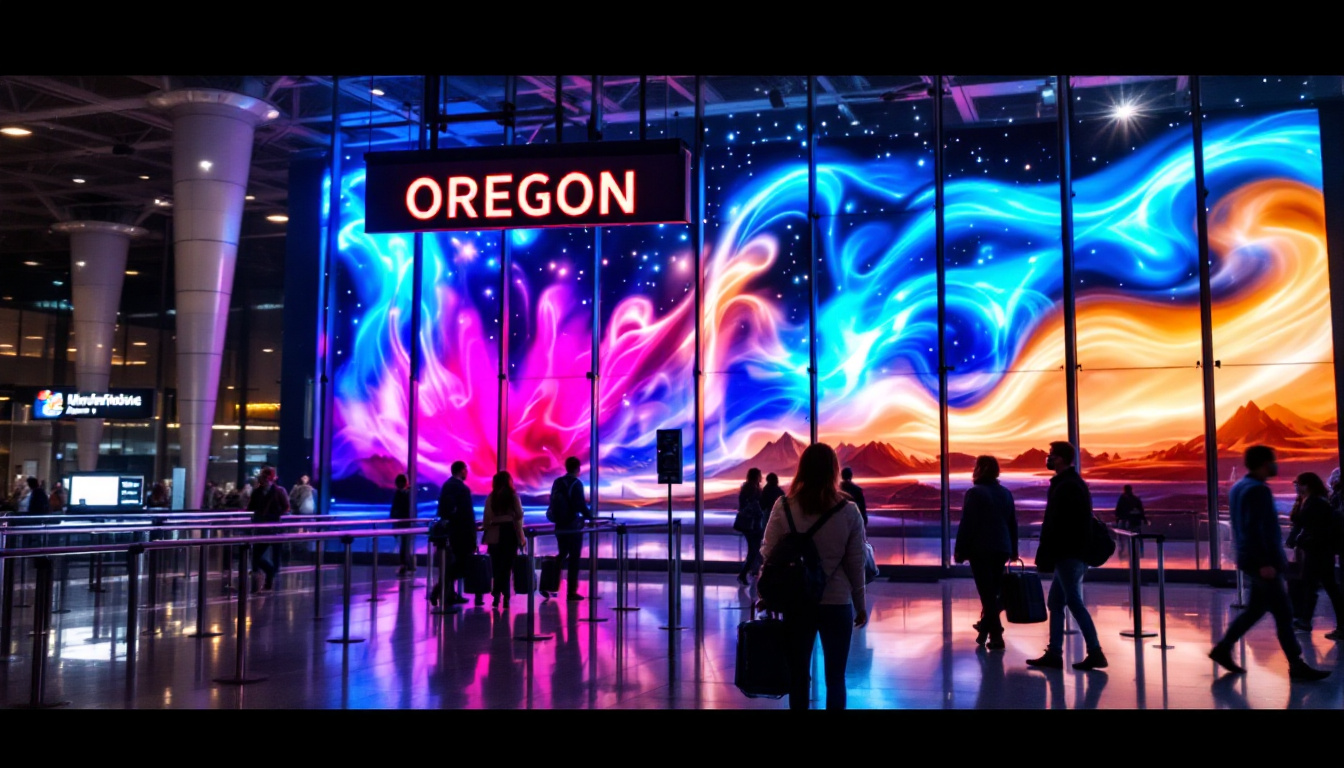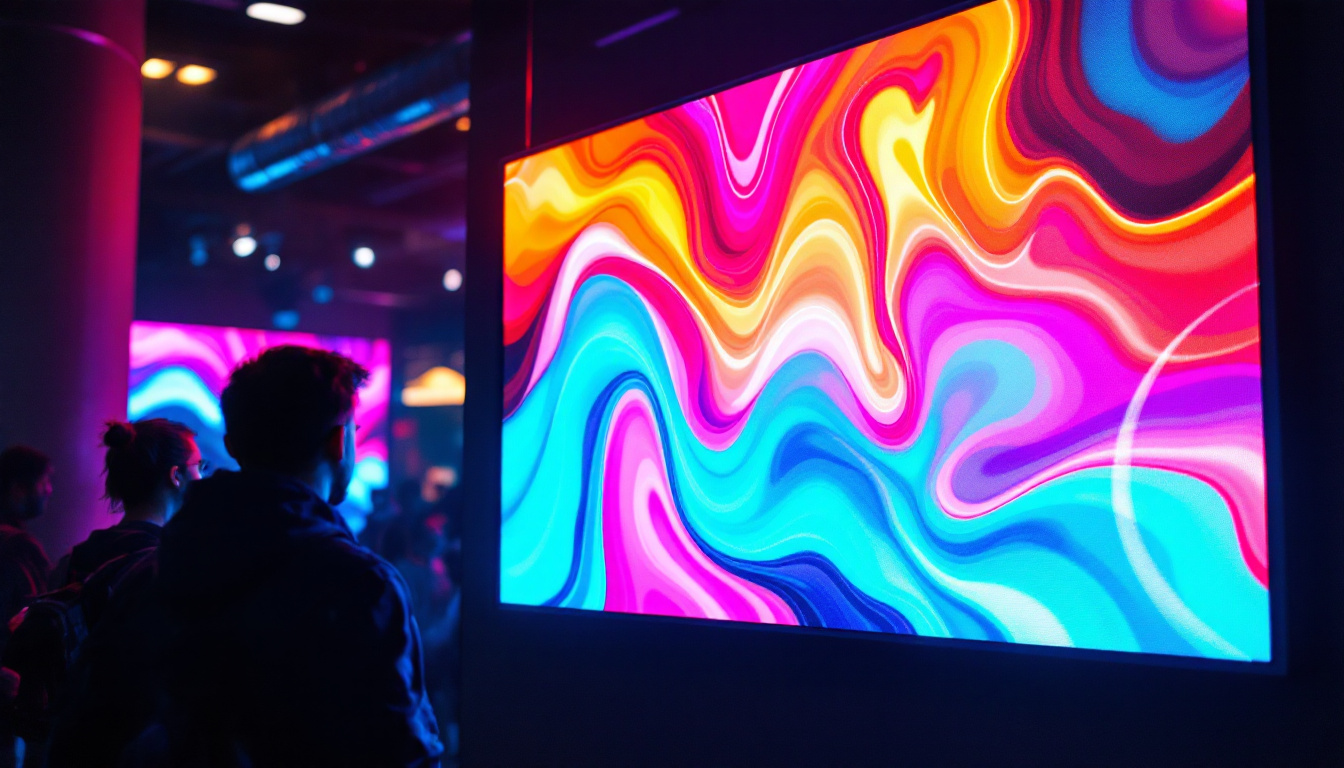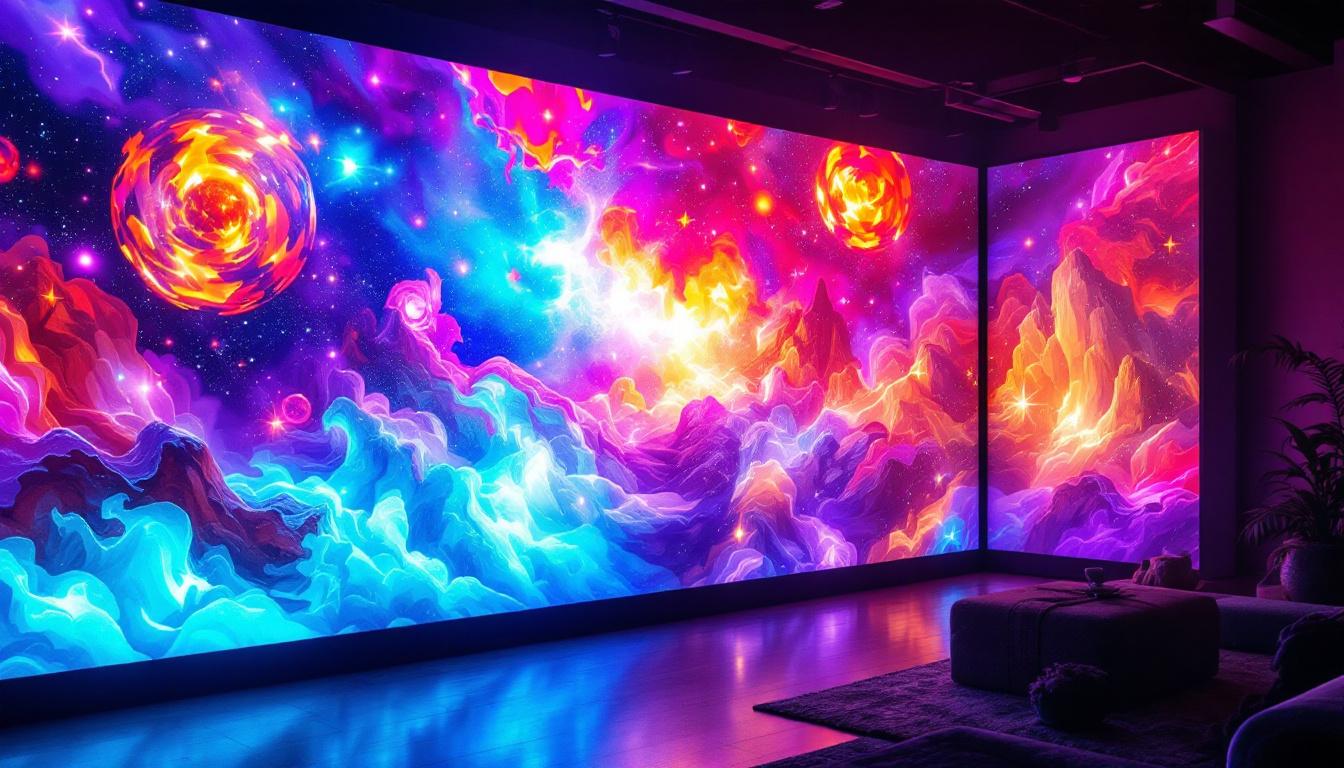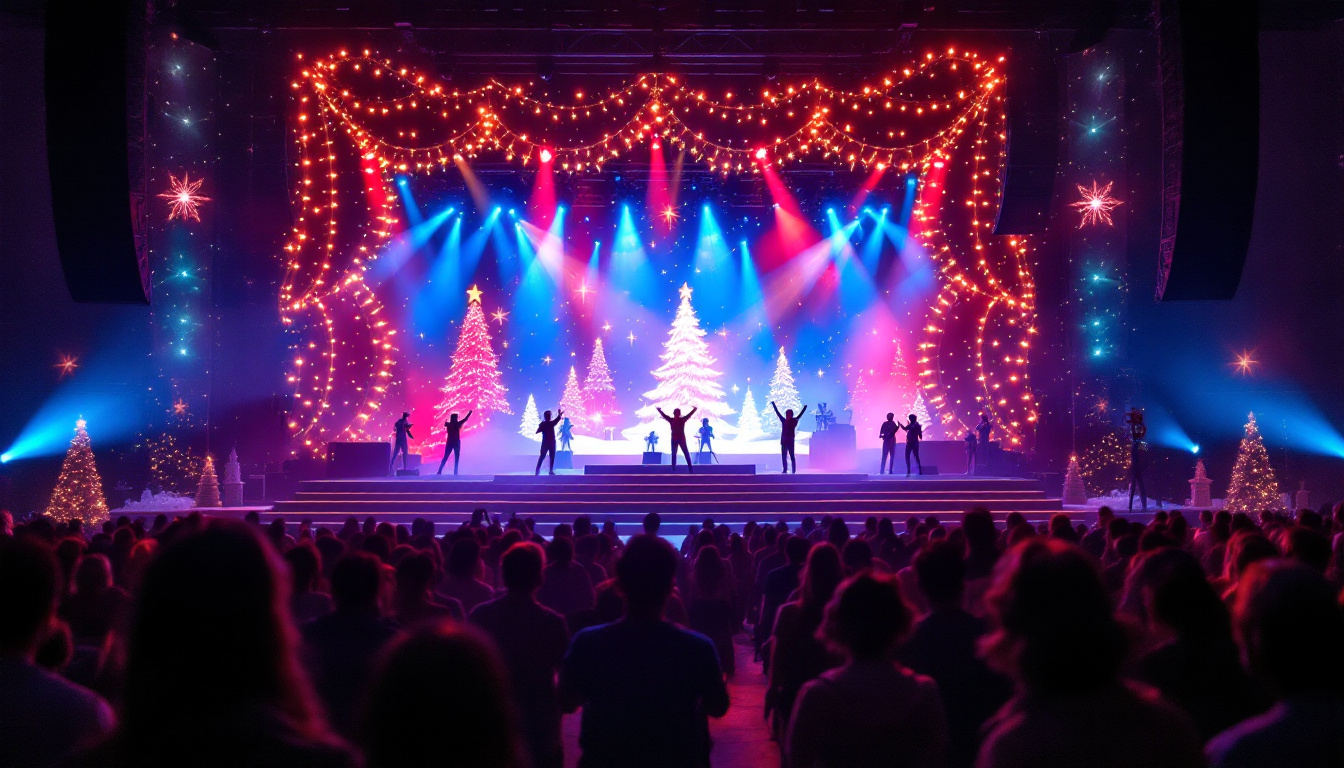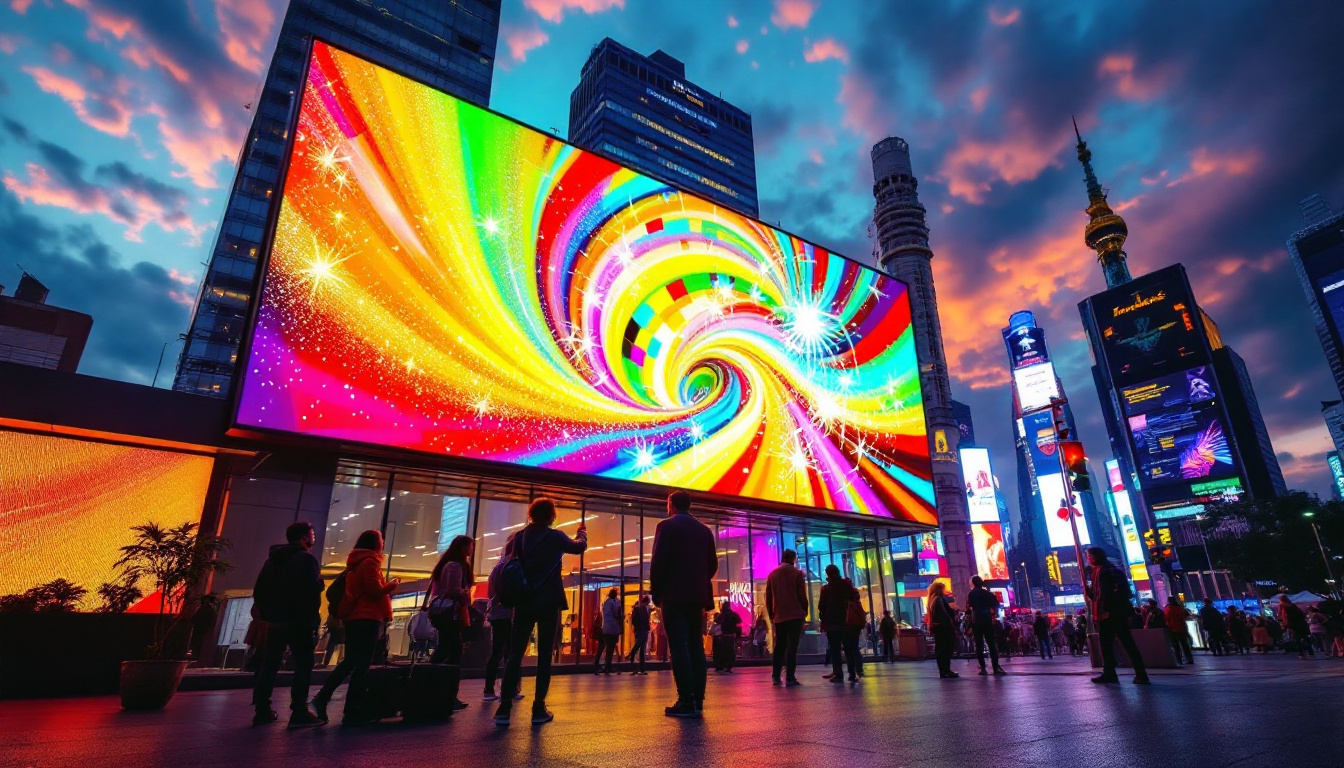In an era where visual communication dominates, extra large LED screens have become a cornerstone of advertising, entertainment, and public information systems. From stadiums and concert venues to urban billboards and control rooms, these massive displays captivate audiences with their brightness, clarity, and scale. But what exactly makes LED displays the preferred technology for large-format screens? This article delves into the fundamentals of LED displays, exploring their technology, advantages, applications, and future trends.
Understanding LED Display Technology
LED stands for Light Emitting Diode, a semiconductor device that emits light when an electric current passes through it. LED displays harness thousands to millions of these tiny diodes arranged in a matrix to create images and videos. The core advantage of LED technology lies in its ability to produce bright, vibrant colors with high energy efficiency and durability. This efficiency not only reduces energy consumption but also contributes to lower operational costs over time, making LED displays a popular choice for businesses looking to enhance their visual communication while being environmentally conscious.
How LED Displays Work
Each pixel on an LED screen is composed of three subpixels: red, green, and blue (RGB). By adjusting the intensity of each subpixel, the display can render a full spectrum of colors. These pixels are grouped into modules, which are then assembled into panels to form the full screen. The screen’s resolution depends on the pixel pitch—the distance between the centers of adjacent pixels. A smaller pixel pitch means higher resolution and sharper images, especially important for close viewing distances. This capability makes LED displays particularly appealing for applications such as digital signage and video walls, where clarity and detail are paramount.
Unlike LCD screens, which rely on backlighting, LED displays are self-emissive, meaning each diode produces its own light. This results in superior contrast ratios and deeper blacks, enhancing image quality even in brightly lit environments. Furthermore, the rapid response time of LEDs allows for smoother motion rendering, which is crucial for displaying fast-paced video content without blurring or ghosting effects. This characteristic makes LED displays ideal for sports venues and entertainment events, where dynamic visuals are essential to engage audiences.
Types of LED Displays
LED displays come in two primary categories: indoor and outdoor. Indoor LED screens typically have a smaller pixel pitch (often less than 2 mm) to support close-range viewing, such as in conference rooms or retail spaces. Outdoor LED displays, on the other hand, feature larger pixel pitches (ranging from 4 mm to over 20 mm) to ensure visibility from greater distances and withstand environmental factors like sunlight, rain, and dust. The durability of outdoor LED displays is often enhanced with protective coatings and robust housing to ensure longevity even in harsh weather conditions.
Additionally, there are flexible and transparent LED displays emerging in the market, expanding the potential applications of LED technology. Flexible LEDs can curve around surfaces, allowing for creative installations that were previously impossible, such as wrapping around columns or creating immersive environments. Transparent LEDs allow light to pass through, making them ideal for innovative architectural designs and retail applications where visibility into a store is essential while still showcasing digital content. These advancements open up new avenues for advertising, art installations, and interactive displays, further solidifying LED technology’s role in modern visual communication.
Advantages of Extra Large LED Screens
Extra large LED screens offer a unique combination of benefits that make them indispensable in many sectors. Their scalability, brightness, and durability set them apart from other display technologies.
Unmatched Brightness and Visibility
One of the most significant advantages of LED displays is their brightness. Outdoor LED screens can achieve brightness levels exceeding 5,000 nits, making them clearly visible even under direct sunlight. This is crucial for billboards, sports arenas, and transportation hubs where ambient light conditions can vary dramatically.
Moreover, LED displays maintain consistent brightness and color accuracy over time, unlike projection or LCD technologies that can degrade or wash out in bright environments.
Energy Efficiency and Longevity
LED technology is renowned for its energy efficiency. Compared to traditional incandescent or fluorescent lighting, LEDs consume significantly less power while delivering superior illumination. This efficiency translates into lower operating costs, especially important for large-scale installations that run for extended hours.
In terms of lifespan, LED displays typically last between 50,000 to 100,000 hours, depending on usage and maintenance. This longevity reduces replacement frequency and total cost of ownership, making LED screens a sustainable choice for businesses and municipalities.
Flexibility and Customization
Extra large LED screens can be customized in size, shape, and resolution to fit specific needs. Whether it’s a curved display wrapping around a building facade or a massive rectangular billboard, LED modules can be assembled in various configurations. This flexibility allows designers and advertisers to create eye-catching installations that stand out in crowded urban landscapes.
Furthermore, LED screens support dynamic content, enabling real-time updates and interactive features. This adaptability is particularly valuable for event organizers, retail marketers, and public safety officials who need to communicate timely information effectively.
Applications of Extra Large LED Displays
The versatility of LED displays has led to their widespread adoption across numerous industries. Understanding these applications highlights why LED technology has become the standard for large-scale visual communication.
Advertising and Digital Billboards
Outdoor advertising has been revolutionized by LED billboards. Unlike static posters, LED billboards can display multiple ads in rotation, incorporate animations, and adjust brightness based on ambient light. According to recent market reports, the global digital billboard market is expected to grow at a CAGR of over 12% through 2027, driven largely by LED technology advancements.
Major cities around the world have embraced LED billboards as a way to generate revenue and enhance urban aesthetics. Times Square in New York City and Piccadilly Circus in London are iconic examples where LED displays dominate the visual landscape, attracting millions of viewers daily.
Sports and Entertainment Venues
Stadiums and arenas rely heavily on extra large LED screens to engage fans and enhance the spectator experience. These screens provide live game footage, instant replays, player statistics, and interactive content. High-resolution LED displays ensure that even spectators seated far from the action can enjoy clear and vibrant visuals.
Concerts and festivals also use LED walls as dynamic backdrops, creating immersive environments that synchronize with lighting and sound. The ability to quickly change content and adapt to different event requirements makes LED displays indispensable in the entertainment industry.
Public Information and Transportation
Airports, train stations, and bus terminals utilize large LED screens to deliver real-time schedules, alerts, and wayfinding information. The brightness and clarity of LED displays ensure that travelers can easily access critical information, even in crowded or outdoor settings.
City governments also deploy LED screens for public announcements, emergency alerts, and community engagement. During natural disasters or public health crises, these displays become vital tools for disseminating timely and accurate information to large populations.
Technical Considerations for Installing Extra Large LED Screens
Installing and maintaining an extra large LED screen involves several technical factors that influence performance, durability, and cost-effectiveness. Understanding these considerations is essential for stakeholders planning such projects.
Pixel Pitch and Viewing Distance
Choosing the appropriate pixel pitch is critical to ensure optimal image quality. For example, a billboard viewed from 100 feet away can use a pixel pitch of 10-20 mm without compromising clarity, while an indoor conference room screen viewed from a few feet requires a pitch of 1.5 mm or less.
Incorrect pixel pitch selection can lead to pixelation or blurry images, diminishing the impact of the display. Consulting with LED manufacturers and installers helps tailor the resolution to the intended viewing environment.
Brightness and Contrast Ratios
Brightness levels must be matched to the installation environment. Outdoor screens require higher brightness to overcome sunlight, while indoor screens benefit from lower brightness to reduce eye strain. Contrast ratio—the difference between the darkest black and brightest white—also affects image quality, particularly for video content.
Weatherproofing and Durability
For outdoor installations, LED screens must be designed to resist water, dust, temperature fluctuations, and UV radiation. IP (Ingress Protection) ratings indicate the level of protection; for example, IP65-rated displays are dust-tight and protected against water jets.
Robust enclosures, corrosion-resistant materials, and efficient cooling systems ensure that LED screens perform reliably over time, even in harsh conditions.
Power and Data Management
Extra large LED displays require substantial power and data bandwidth. Efficient power supplies and backup systems prevent outages during critical moments. Data management systems handle the transmission of high-resolution video signals and content updates, often utilizing fiber optics or wireless technologies for reliability.
The Future of Extra Large LED Displays
As LED technology continues to evolve, the capabilities and applications of extra large screens are expanding rapidly. Innovations in mini-LEDs, micro-LEDs, and smart display integration promise to redefine visual communication in the coming years.
Mini-LED and Micro-LED Advancements
Mini-LED and micro-LED technologies offer even smaller pixel pitches and improved brightness control. Micro-LEDs, in particular, provide superior contrast, color accuracy, and energy efficiency compared to conventional LEDs. These advancements enable ultra-high-resolution displays suitable for close viewing distances and immersive experiences.
Integration with Smart Technologies
Future LED displays are expected to integrate seamlessly with AI-driven content management systems, IoT devices, and augmented reality platforms. This integration will allow for personalized advertising, interactive public information, and adaptive content that responds to audience behavior and environmental conditions.
Sustainability and Eco-Friendly Designs
With growing emphasis on environmental responsibility, LED manufacturers are focusing on reducing the carbon footprint of large displays. Innovations include recyclable materials, energy-saving modes, and solar-powered installations. These efforts align with global sustainability goals and enhance the appeal of LED technology to eco-conscious clients.
Conclusion
Extra large LED screens have transformed the way information and entertainment are delivered in public and private spaces. Their combination of brightness, scalability, energy efficiency, and versatility makes them the technology of choice for a wide range of applications. As LED technology advances, these displays will become even more immersive, interactive, and sustainable, continuing to shape the future of visual communication worldwide.
For businesses, event organizers, and city planners considering large-format displays, understanding the technical nuances and potential of LED technology is essential. With careful planning and expert implementation, extra large LED screens can create unforgettable visual experiences that captivate audiences and deliver powerful messages.
Discover LumenMatrix’s Innovative LED Solutions
Ready to elevate your space with the unmatched brightness, scalability, and energy efficiency of LED technology? LumenMatrix is at the forefront of LED innovation, offering a diverse range of solutions tailored to your needs. From Indoor and Outdoor LED Wall Displays to specialized options like Vehicle, Sports, and Floor LED Displays, our products are designed to make your brand shine and engage your audience like never before. Experience the future of visual communication with our Custom, All-in-One, and Transparent LED Displays. Check out LumenMatrix LED Display Solutions today and transform your visual storytelling into an immersive experience.

